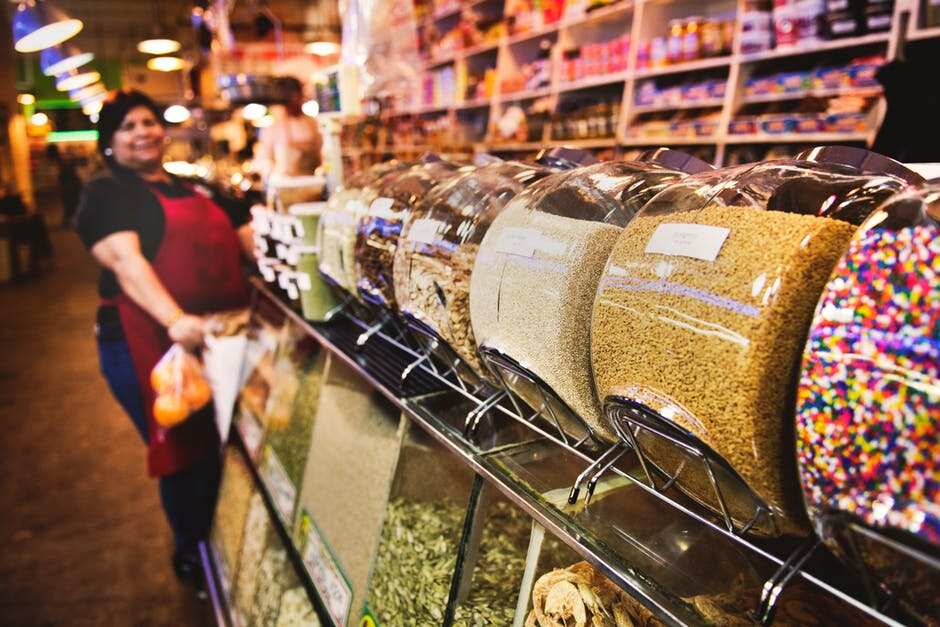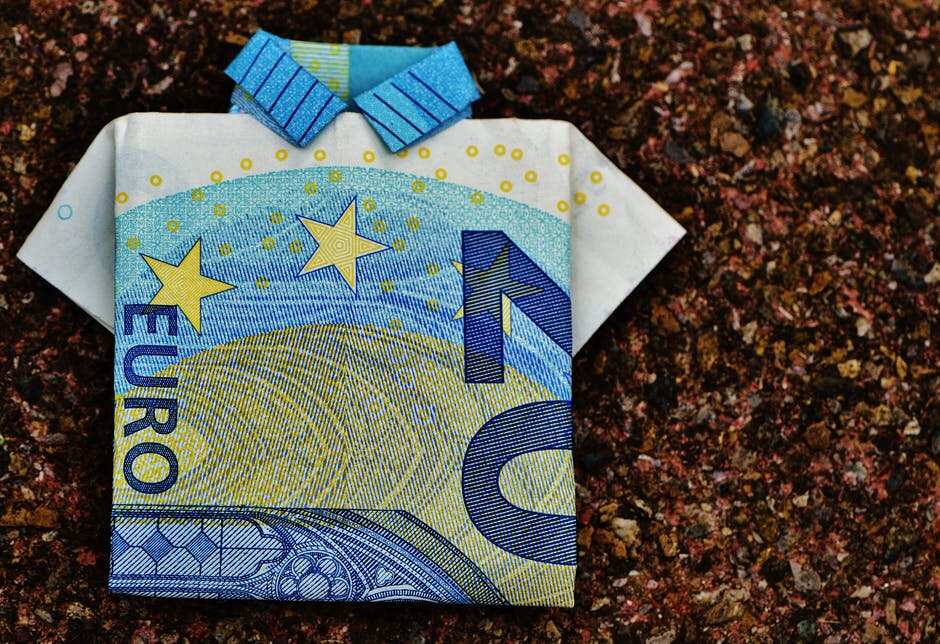Prime cost: formula, components, examples
Each company that produces goods or provides services regularly calculates the prime cost of production. Why? Because this indicator shows how profitable and effective the production process is. Moreover, the original value directly affects pricing. The consumers of goods should also have an idea on how to calculate it in order to avoid paying extra money for some items and services.

Source: UGC
Getting greater effect with the lowest value, saving labour, material and financial resources depends on how the company solves the issues of reducing fabrication costs. It seems to be an essential tool, isn’t it? So let`s try to find out what it is.
The definition of “prime cost”
The prime cost is the sum of all expenditures incurred by the enterprise for the production of goods and its subsequent sale. Under the term "prime cost" we usually understand the values associated with the purchase of raw materials and materials necessary for manufacturing, wages of workers, transportation, storage and the further sale of finished products. Of course, it may seem that to calculate the worth of fabrication is quite simple, but it is not quite so. At each enterprise, such an important process is trusted only to qualified accountants.
The most substantial part of the cost of industrial production comes on raw materials, then on wages and depreciation. The expenditure of fabrication is in conjunction with the indicators of production efficiency. This effect is manifested depending on changes in technology, mechanisms, and organisation of manufacturing. Worth analysis, as a rule, is conducted systematically throughout the year to identify internal production reserves to reduce them.

Source: UGC
Some factors may influence the prime cost. However, they seem quite remote. According to wallstreetmojo website, these factors are:
- Inflation (as long as the economy of the state is affected, the price of raw materials in US Dollars will also seem higher concerning the country currency);
- Inadequate supply of raw material (because of natural disasters or other external factors);
- New governmental regulations (the demand of the authorities to improve ready-made goods, for example, to make product packaging more environmentally friendly, etc.);
- Additional taxes (for instance, taxes on import of the raw materials in the country connected with customs regulation);
- Technological changes (new machinery that replaces human labour will profitably affect production, and the start value will be lower);
- Currency exchange rates in the world (the currency of the country where the raw material is bought can become cheaper or more expensive in comparison with the US Dollar).
So the prime cost is not a contemporary number. As a consumer, you should mind these factors and avoid buying expensive items (like cars, for instance) in the period of inflation or knowing about broad technological changes in the fabrication.
Prime cost formula

Source: UGC
READ ALSO: Average cost of living in Nigeria
As you already know, the value, on the whole, is the number of expenses. They can be divided into the following categories:
- Spending on raw materials and materials required for manufacturing;
- The cost of energy or even a particular type of fuel;
- The worth of machinery and equipment through which production is carried out;
- Payment of wages to employees. This item also includes fees related to the sum of taxes and social services;
- Fabrication expenses (rental of premises, advertising campaigns, etc.);
- Depreciation;
- Administrative expenditures;
- Payment for services of third-party organizations.
But to calculate the prime cost all you need to know is the money spend on a particular quantity of raw material and a worker’s wage sum for the production of a particular item. The formula looks as follows:
Prime Cost = Raw Materials + Direct Labor
To understand the notion better, see the following example. Pay attention that the values there are invented and serve only as a model.

Source: Getty Images
Suppose, you want to buy a big toy. You know that it costs $100 on the market. But the producer knows that they have spent:
- $10 on 5m of fabrics for the toy;
- $5 on the thread;
- Five hours of labour of one worker with a salary of $15 per hour;
- The price of raw materials = $15 ($10+$5);
- The price of labour = $75 ($15*5 hours);
- The real value of a toy you want to buy is $90 ($15+$75).
But to gain profit, the company adds the percentage to an original value.
The prime cost is one of the most important quality indicators of work of any enterprise. It is not a constant indicator. It tends to change all the time. Therefore, it is essential to make its calculation periodically. Thanks to this, it will be possible to adjust the market value of the goods, thus avoiding bankruptcy and unnecessary spending. Moreover, even consumers, knowing the primary tendencies of price changes can save their money.
READ ALSO: Current price of rice in Nigeria is growing - Why?
Source: Legit.ng




